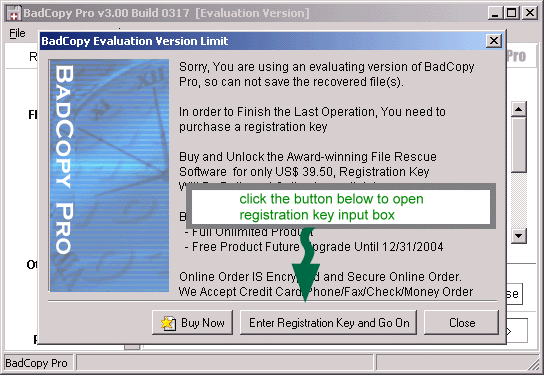How To Install Remoteapp Manager Server 2008
Posted By admin On 21.08.19I have a server within my network that has a program that users needs to access. I don't want to allow them to access anything else but this program. From looking at these questions: Allow only RemoteApp, not Remote Desktop. RemoteApp Prevent User from Running Remote Desktop. It appears what I am trying to accomplish is a RemoteApp.
- Windows Server 2008 Remoteapp Manager
- How To Configure Remote Desktop In Windows Server 2008 R2 Step By Step
- Remoteapp Manager Server 2016
When installing an application on a Terminal Server, because multiple people will be using the application at once, there is actually a special method that you should use to install the applications. Here’s two methods to do it the right way.
- After you install the Terminal Services role, select the TS RemoteApp Manager option from the Start menu, under Administrative Tools, Terminal Services. The RemoteApp Manager console will open. Next, select the option to connect to another system, and choose the Server Core system.
- ACP ThinManager Tech Notes – Windows 2008 Tips - 9. RemoteApp Deployment Settings. Select the Terminal Server tab of the RemoteApp Deployment Settings page. Select the Allow users to start both listed and unlisted programs on initial connection radio button in the Access to unlisted programs section.
Note: this is part of our ongoing series teaching IT administration basics, and might not apply to everybody.
Command Line Method
The first method we can use involves the command line. You will need to change your user mode to installation mode by using the following command:
Change User /Install
At this point you could go ahead and safely install the application, but once the application is installed don’t forget to change back to execution mode, you can do so by running the following command:
Change User /Execute
The GUI Method
If you think you are going to forget to switch back to execution mode, or maybe you just don’t like the command line you can always do the same thing using the GUI. To get started open control panel
Switch to the small icon view, and look for Install Application on Remote Desktop Server, double-click on it
Now you can simply go through the next, next, finish style wizard which will help you get the application installed.
Why Must I Do This?
When you use “change user /install” before installing an application, you actually create .ini files for the application in the system directory. These files are used as master copies for user-specific .ini files. After installing the application, when you type “change user /execute” you are reverting to standard .ini file mapping. The first time you run the application, it searches the home directory for its .ini files. If the .ini files are not found in the home directory, but are found in the system directory, Terminal Services copies the .ini files to the home directory, ensuring that each user has a unique copy of the application .ini files. Each user should have a unique copy of the .ini files for an application. This prevents instances where different users might have incompatible application configurations.
READ NEXT- › How to Control Your Entire Smarthome Through One App
- › Everyone’s Making a PC Game Subscription: Are They Worth It?
- › How to Install the Linux 5.0 Update on Ubuntu 18.04 LTS
- › How to Stop Companies From Listening to Your Voice Assistant Recordings
- › Mouse Left-Click Button Not Working? Here’s How to Fix It
It can be enabled in Windows 7/8/8.1 by some tools.
When I use RemoteApp tool in Windows 10 PRO, and create rdp file with a valid configuration, the client can't run rdp file. Login window appears but when I login, nothing is happening (I am logging in with my laptop in same network, its Windows 10 PRO too, remote desktop woks fine).
Windows Server 2008 Remoteapp Manager
I can see succesfull login in server's event viewer. So it's not a network issue, its not an account issue. I think something is different in Windows 10 about RemoteApp.
Anyone have ideas?
2 Answers
The problem is that it's not supported on the Professional version of Windows. You would need to run the Enterprise or Education version of Windows 10 in order for it to work. I ran into the exact same problem, where it'd worked fine on my system running Windows 7 Ultimate, but would just disappear when running on Windows 10 Pro.
According to the developer's website (http://www.kimknight.net)
RemoteApp Tool requires:

- Microsoft .Net Framework 4
- Windows 7 Enterprise or Ultimate -or-
- Windows 8 Enterprise -or-
- Windows 10 Enterprise or Education -or-
- Windows XP SP3
- It also works with Windows Server 2008 and newer.
Note: If you try to host RemoteApps on any other edition of Windows (eg Win 7/8/10 Professional), the tool will run but RemoteApps will not work. The RDP client will appear to be connecting, then just disappear.
How To Configure Remote Desktop In Windows Server 2008 R2 Step By Step
Remoteapp Manager Server 2016
Work on Windows 10 pro
[HKEY_LOCAL_MACHINESOFTWAREPoliciesMicrosoftWindows NTTerminal Services]'fAllowUnlistedRemotePrograms'=dword:00000001
